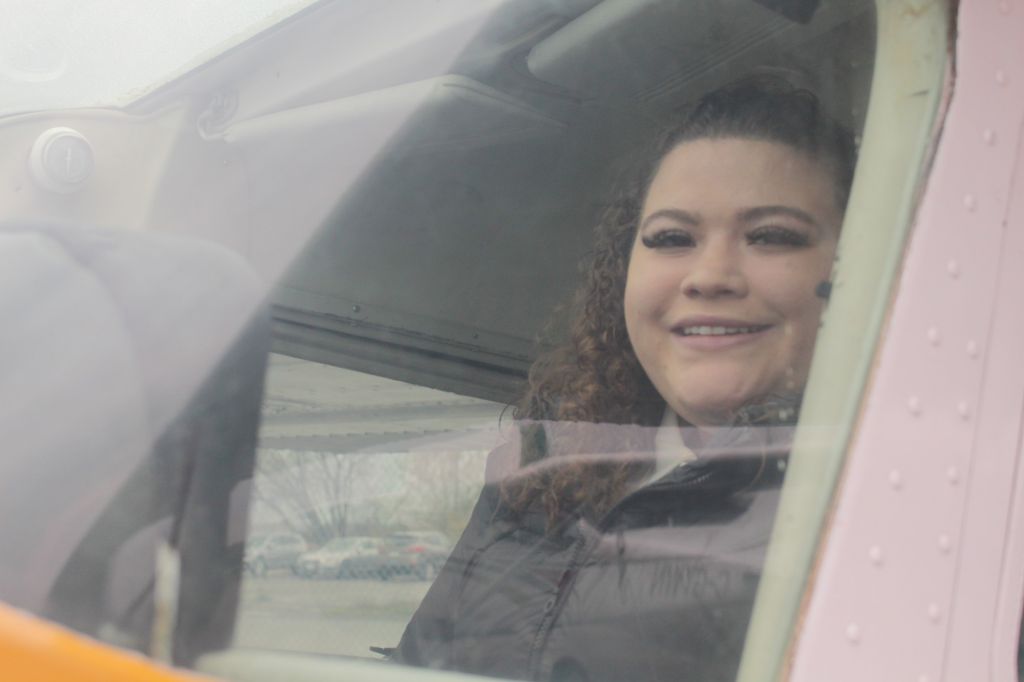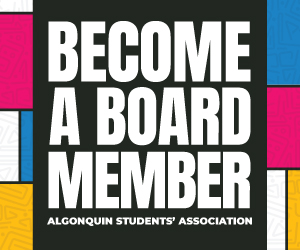Algonquin College aviation students en route to graduation

Myka Auger-Cyr was on his way to Quebec City when the weather worsened, and the temperature dropped. He made an emergency descent to a small town called La Tuque which is almost a three hour drive from Quebec City. He ended up staying for three days until the weather cleared up so he could fly again.
For pilots in training, weather plays a huge role in flight. It gets hard during the winter because students can’t fly as often as they would like.
Although factors such as weather is out of their control, the one thing they can control, is their flight training.
The aviation management program at the college has changed as of this year. The class size for the first years has been reduced from 80 to 36 students and the minimum flying hours to graduate has also been reduced from 250 to 200.
“With the weather and stuff, it’s really hard to get the flight hours in,” said Auger-Cyr, an aviation management student. “In two years, 250 hours wasn’t really something that we could hit with no flight experience before we get in the program.”
Although, they take their ground school classes at the Woodroffe campus, the students go to private flying schools in the city to gain the hands-on experience.
“The biggest problem we had was the number of people in the program, compared to the capacity of flying schools we use, to be able to fly,” said Tyler Gledhill, second-year aviation management student. “One of the biggest changes this year was more for the first-years, but it’s had a really big effect on us as well– they cut the program size in half.”
Although the number of students has decreased, it is now easier to manage and students are flying more this year.
“It’s a little bit easier for people to get through it if they don’t have the hours and stuff, so that’s nice,” said Cailyx Madensky, second-year aviation management student. “So that’s definitely been a major change and I think it’s pushed a couple people through that wouldn’t have been able to go through before.”
As the students catch up on their flying hours and head closer to graduation, they are finding this change overall to be helpful for students.
“Huge plus, given that last year, a lot of us didn’t get to fly nearly as much as we should have been so having that dropped down by 50 hours makes a huge difference in terms of graduating the program in the spring term,” said Gledhill.
Of course, the changes in hours means a reduced cost in the long-term. Tuition remains the same but the flight training is now slightly cheaper since most of the costs comes from the flight training. Students are asked to budget about $100,000 even though the tuition is about $25,000.
The flight instructor determines if the student is ready for a flight test- a practical assessment. For students who may want or need more flying hours, the option to do more is still there.
“If a student needs a bit more time, [a] bit more flying, then you can get the commercial license within 230 or 240 hours,” said Auger-Cyr.










